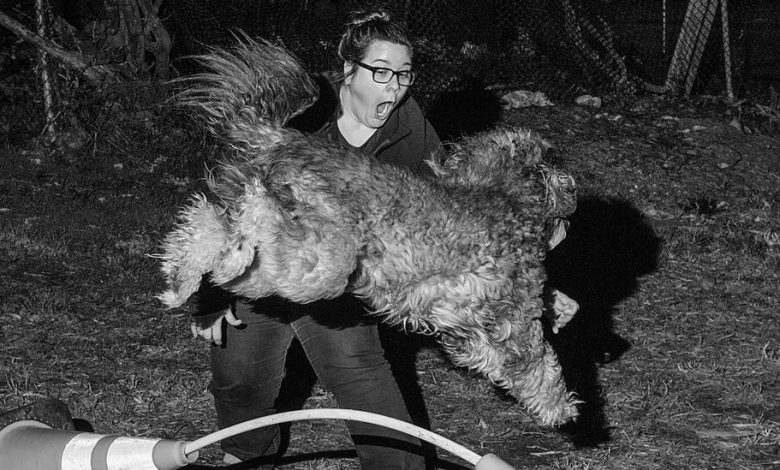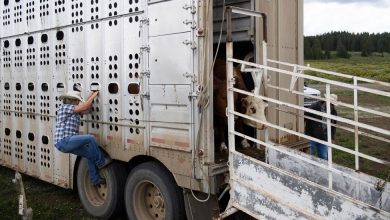How a Vacant Lot Became Our Own Dirtbag Narnia

On a quiet street in the Kensington neighborhood of Philadelphia, just a few steps from my back door, is a vacant lot that my wife, Anne, and I share with our neighbors. This patch of dirty ground was once three single-family homes. Bit by bit, rains have washed away the soil, revealing corners of the buildings’ foundations and the occasional broken brick and shard of glass.
Anne and I moved into our house in 2013. The neighbors on our street were extremely welcoming. At the time, the block was filled with very good people living among a very bad drug problem. It was obvious that the addiction epidemic brought everyone together, as the sense of community responsibility was palpable. One of the first things our new neighbors asked us was which car was ours — so they could keep an eye out in case someone tried to break into it.
In our collection of welcome materials was a yellow sticky note: “Welcome to the hood, we’re hanging in the big backyard if you want to come out.”

At risk of being reductive, the story of Kensington is not unlike that of many other turn-of-the-century industrial hubs: Industry moves out, many people follow, drugs move in. Over the following years, houses and mills collapse or burn, leaving behind vacant lot after vacant lot. Among them was ours, a space that was once a dumpsite littered with spare tires, heroin needles and what was only explained by the old heads as “a sex trailer.”
It wasn’t until 2012 or early 2013 when our neighbors Zach and Sawyer cleaned up the lot and started squatting on it — they even got the Pennsylvania Horticultural Society to come through and plant some trees and erect a small red fence. It was our own personal dirtbag Narnia.



